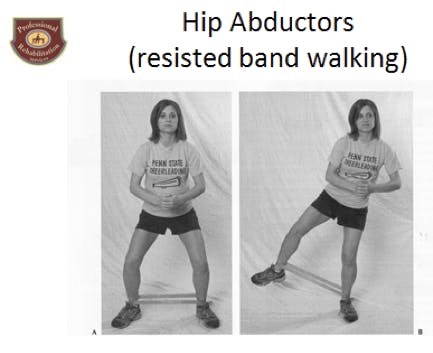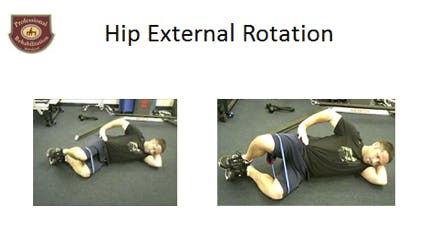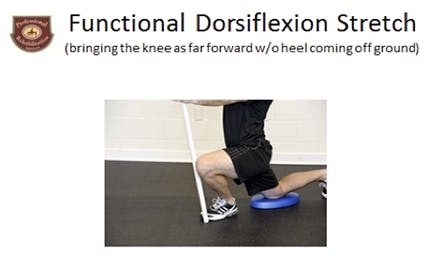By: Dr.Richard DeFalco, DPT, OCS, CSCS, CWcHP, Cert. DN
Living in the Grand Strand brings a wonderful opportunity to see and treat individuals who live a healthy lifestyle. Being an orthopedic physical therapist offers the opportunity to treat many repetitive strain injuries, many of which are related to the repetitive nature of running. In this article I will provide a brief description of some common running injuries and options for treatment.
Plantar Fasciitis
- Heel pain that can progress into the arch of the foot, typically worse in the morning and after prolonged standing, walking, and running. Contributing factors may include an excessive amount of pronation in the foot (flat foot) or excessively high arch. Orthotics can be helpful, cross friction massage along the arch, and stretching of the foot while maintaining the arch.
Shin Splints (acute exertional compartment syndrome)
- Cramping, burning, or aching pain in the lower leg usually with activity (usually occurs at a fixed point in the exercise routine). Usually associated with an inability to effectively control the foot hitting the ground. Especially prominent with running downhill. Stretching, massage, and orthotics can be helpful.
Patellofemoral Knee Pain
- Usually more common in females due to anatomical differences. Weakness of the hip abductors (muscles that lift the leg out to the side) and lateral rotators (muscles that turn the hip outward) are highly correlated with this. A tracking problem of the knee cap can be present (taping can be helpful for the short-term to improve muscle patterns). Strengthening of the above muscles is recommended.
Iliotibial band Syndrome
- Transverse friction massage and self myofascial release of the iliotibial band with foam rollers are usually very effective.
Hamstring Strain
- Cautious use of transverse friction massage (rubbing across the hamstring) to prevent adhesions, performed daily up to 15 minutes. Important note: treatment should continue for two weeks after symptoms resolve, otherwise the risk of recurrence is great.
Trochanteric Bursitis
- Frequently seen in long distance runners. Pain is experienced in the side of the hip and thigh. Weakness of the hip abductors and lateral rotators are highly correlated with this. Flexible fallen arch or flat foot can be a contributing factor. Strengthening of the affected muscles as well as orthotics can be helpful in the long-term.
A common denominator with all of the above injuries is usually the presence of a dysfunctional movement pattern. A corrective therapeutic exercise program focuses on addressing muscle imbalances that lead to dysfunctional movement. A staple of many corrective exercise programs in runners is a preventative strengthening program that emphasizes strengthening the hip abductors, lateral rotators, and extensors. Stronger hip muscles lead to better trunk stability which leads to improved efficiency of movement, and improved landing mechanics.
In addition to strengthening of selective muscles, you would want to stretch the immobile areas that are commonly seen with runners. Emphasize dynamic stretches of both the hamstring and calf muscles. See examples of some common corrective exercises below.
The board certified orthopedic physical therapists of Professional Rehabilitation Services are skilled in the application of selective functional movement assessment, which is a comprehensive assessment used to classify movement patterns and direct manual therapy and therapeutic exercise interventions.
Dr.Richard DeFalco is a board certified orthopedic physical therapist with Professional Rehabilitation Services. He can be reached at (843) 839-1300. For more information on related topics, visit https://www.prsrehabservices.com.




